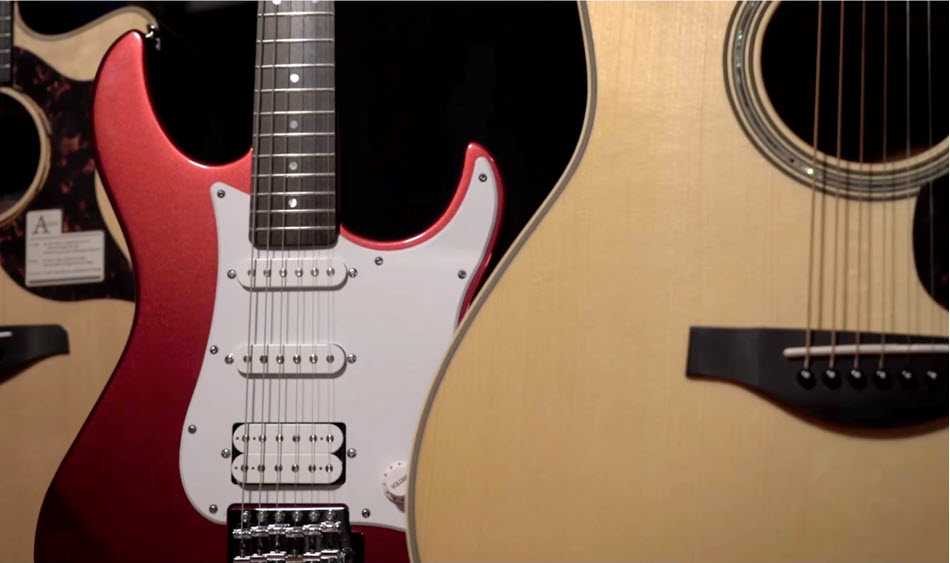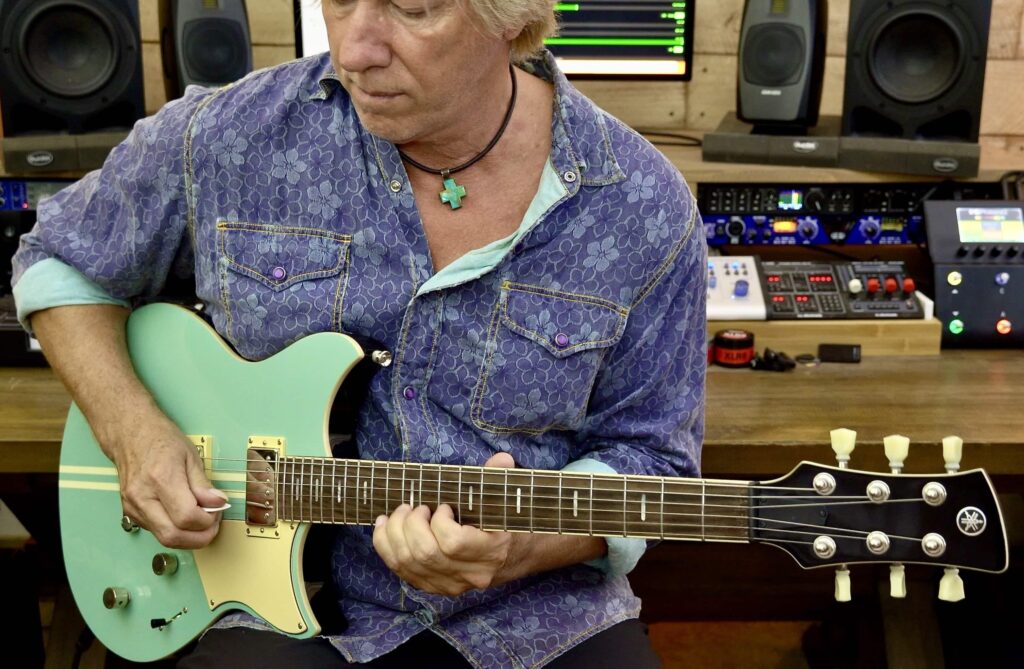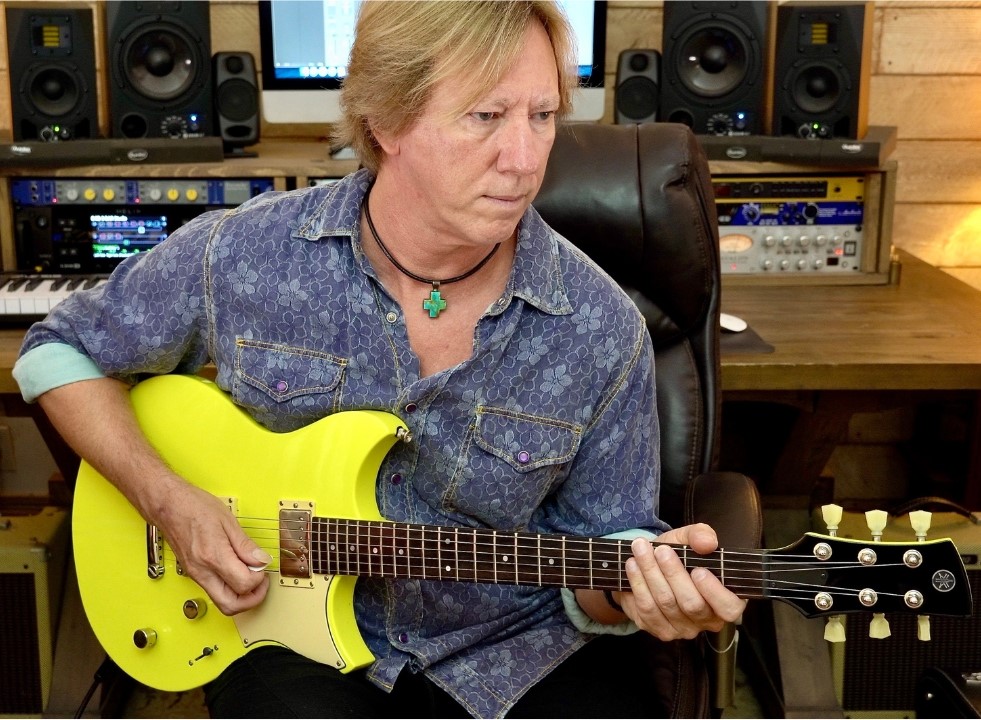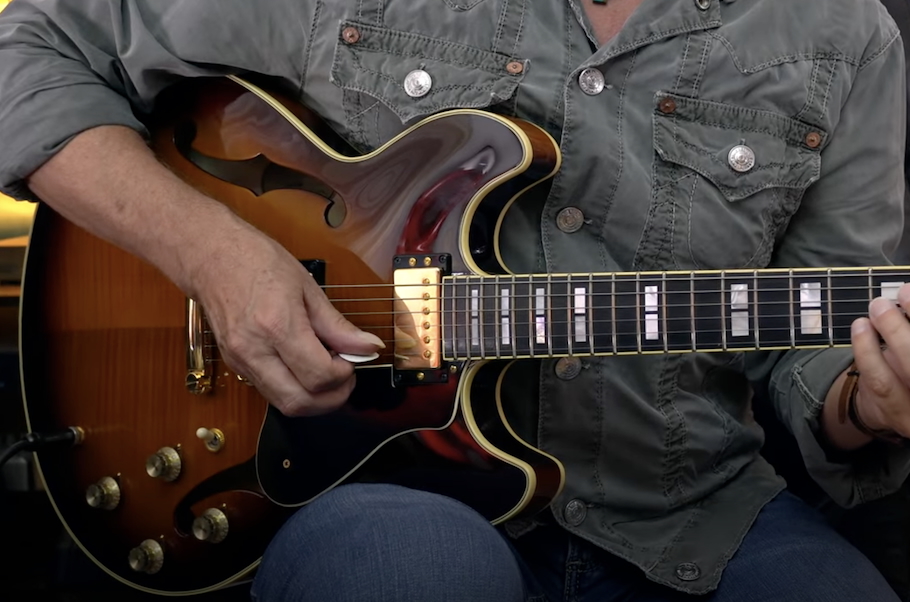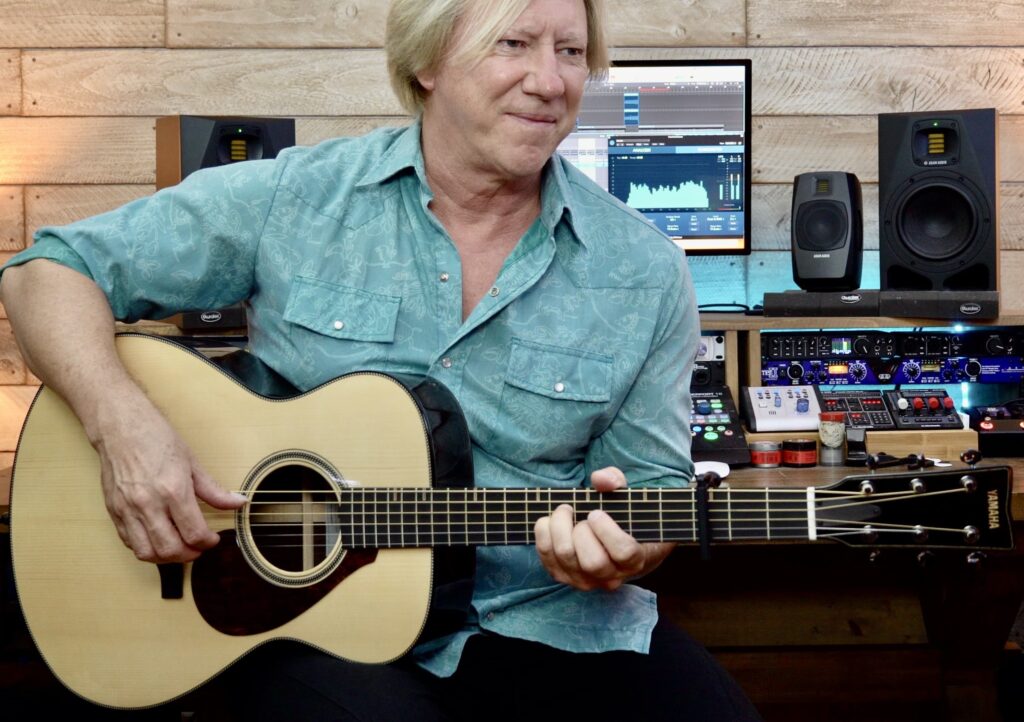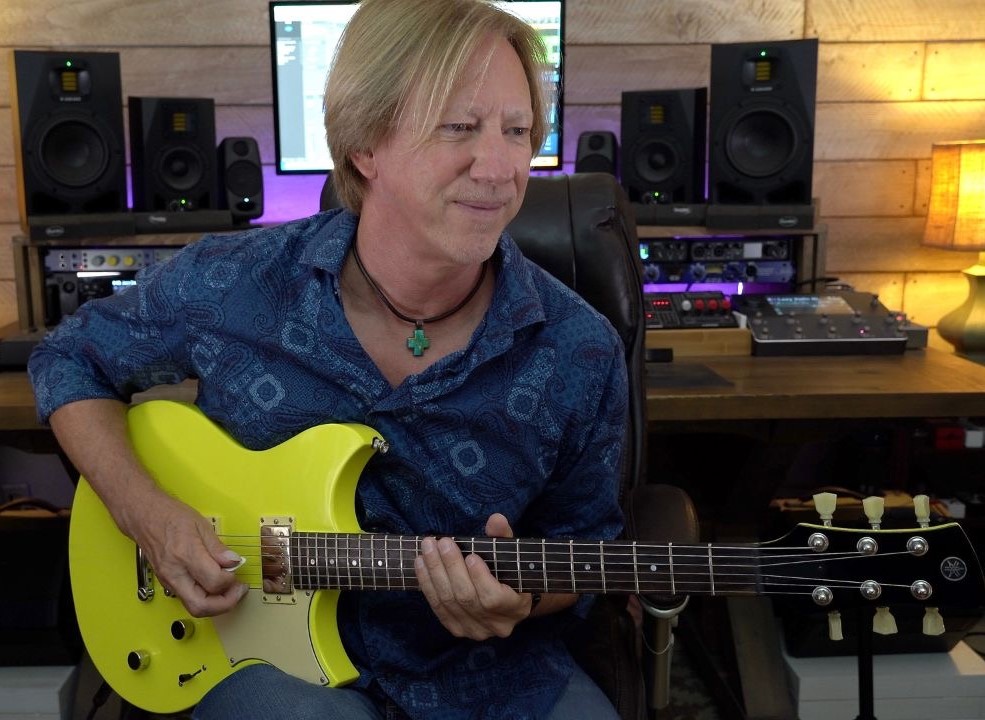How to Think Like Your Guitar Heroes But Sound Like Yourself
Osmosis, alchemy and musical expression.
Let’s face it: The internet has changed the way most people live, learn and function in the world. Gone are the days of guitarists trying to figure out notes, fingerings, riffs and chords from a book, a local teacher, or simply by dropping the needle onto a record hundreds of times. Instead, we can watch YouTube, TikTok and Instagram videos of our favorite artists on our laptops or mobile devices at any time of day. In some cases, you can even learn how to play your favorite songs from the artists themselves, or from a talented online educator—and, as a bonus, most of those lessons are free. If for some reason you still can’t find what you’re looking for, there are tons of guitar forums as well as Facebook and chat groups, all of which allow you to seek advice and guidance from other individuals.
Given that we now have the resources to learn almost any guitar part verbatim, the question is: How do we absorb the inspiration from others and still sound like ourselves? That’s the subject of this posting, where I’ll share some ideas on how to process all that musical goodness and turn it into your own unique voice.
Listen Closely
Thanks to the ubiquity of laptops and mobile devices, it seems as if humans listen more with their eyes these days than they do with their ears. I’d suggest it’s much better to listen to music than it is to watch it, so try closing your eyes next time you really want to focus on what you’re hearing. After all, deprive one sense and it will enhance the others.
Then ask yourself, what is it about the music, tone, notes and overall musicality that you gravitate towards when listening to your favorite artist or artists? How does their guitar playing make you feel? Emotional content is such an important part of music, so it’s worth understanding how a player creates different moods by using particular modes, scales, harmonic structures, rhythms and instrumentations. All contribute to the overall feel of a song.
Key Attributes
I think it’s extremely important to ascertain the elements that we hear in our heroes’ playing: what we admire, wish to emulate, and ultimately integrate seamlessly into our own style.
I’ve listed below some key attributes that I listen for when I hear a guitarist play. The ones in bold are those that are most important to me—the ones I feel have shaped my own style. Add your own observations to this list, and highlight the elements that are most important to you.
-
-
- Smooth vibrato
- Interesting phrasing
- Melodic note choices
- Speed
- Dexterity
- Legato (hammer-ons / pull-offs, etc.)
- Precision
- Musical feel
- Harmonic sensibilities (cool chords)
- Rhythm, groove and pocket
- Tone
- Intonation
- Dynamics
- Bending to pitch
- Creative parts that serve the song, not the player
-
Honestly, all the elements listed here could be seen as equally important, but I think some should rise above others in order to create a unique musical style and personal sound.
My Personal Guitar Heroes
I feel I have developed most of my musical sensibilities by listening to some of the greatest guitar players to ever walk the planet, although I’ve tried to steer clear of learning anything verbatim from any artist. I think that approach has served me well in creating my own sound and style.
Here are some of my personal guitar heroes, along with some of the reasons why their playing has had such a profound effect on how I play the guitar.
Keith Scott
I heard the Bryan Adams album Reckless for the first time in 1984. Each song featured straightforward arrangements and memorable hooks we could all sing along to, with Bryan’s guitarist Keith Scott always contributing simple yet effective rhythm parts and riffs. His playing and unique guitar tones had a profound effect on me and my development as a guitar player.
Keith’s solos were also perfectly crafted, with melodic lines that inevitably started seamlessly from where the vocals ended. Each contained short motifs that were repeated and re-phrased, always paying homage to the vocal intention of the song. I think my love of chord tone soloing comes from Keith’s amazing melodic phrasing around vocal lines. His playing on Bryan Adams’ “One Night Love Affair” is the perfect example of how to craft a solo and outro motifs within the context of a song. Pure gold!
Neal Schon
Neal Schon is one of those guitar players that most people could say was a master of his own sound, technique and musicality. We’ve all heard the timeless radio songs from his classic band Journey.
Neal has the innate skill of crafting guitar parts that work perfectly with the keyboard parts. His solos are melodic, interesting, and always fit the musical context. The vibrato on his bends is always perfectly intonated, and his guitar tone is always right for the song arrangements. A good example of Neal’s sensibilities is found in the Journey song “Send Her My Love.” Notice how the solo follows on from the vocal intention, enhancing the mood and feel of the song. The motifs that are doubled with the keyboards on the outro are another great example of crafting tasteful phrases that complement the vocal lines.
Steve Lukather
Luke has played on hundreds of hit songs and has had a profound effect on my playing. His rhythm chops, “bubble” parts (single-note rhythms) and iconic riffs drive the grooves and always sit perfectly in the pocket. When it comes to solos, his dynamics, passion, phrasing and tone are all sublime. I especially love his pitch-perfect string bends, smooth vibrato, dynamic passion and exotic note choices.
Steve’s performance on the Toto song “Rosanna” provides the perfect example of his rhythm chops, while the outro solo may just be the perfect example of dynamic phrasing within an improvisation.
The Edge
David Howell Evans, better known as U2 guitarist The Edge, created his signature sound using melodic and rhythmic guitar parts that are fed through a lot of signal processing—specifically, stereo delay and chorus. The iconic riffs he crafts are precise, dynamic, interesting and serve the song perfectly, as exemplified in the band’s huge hit single “I Still Haven’t Found What I’m Looking For.”
Joey Landreth
Joey Landreth is one of the most melodic songwriters and guitar players of our time. His slide playing is precise, melodic, dynamic and perfectly intonated. I think it’s because he’s a lead singer that he’s learned to phrase so well in and around the vocal lines. His rhythm chops, pocket and harmonic choices are contemporary, yet feel retrospective at the same time. Check out his playing on the song “Gone Girl” and see if you don’t agree.
The Video
This video demonstrates some of the elements I find compelling within my own playing … some of which, I’m pretty sure, have been gifted to me by listening to the masters I’ve mentioned above.
The chordal part defines a nice Dorian motif in D and G, while the bubble part and upper chord voicings outline those key changes, and the solo lines have been phrased to evoke the sound of a minor modality without sounding too jazzy.
The Guitar

The Yamaha Revstar Professional RSP02T I’m playing in the video features the classic sound of a mahogany back and solid maple top. Its P90 pickups are smooth enough for jazz, yet gritty enough for rock ‘n’ roll. In addition, the jumbo frets on the rosewood fingerboard allow the player to bend notes with perfect intonation in every register of the neck.
Revstar Professional guitars all feature chambered bodies designed to sculpt tone and reduce weight, with carbon reinforcement in the body and neck to improve vibration transfer. Their five-way switch, in combination with a focus switch, allows for ten onboard pickup configurations. Positions 2 and 4 slightly delay the opposite pickup for a subtle phase shift that offers a fresh take on classic “in-between” sounds. The push/pull tone control activates a passive boost with an effect similar to overwound pickups, which results in darker highs, increased mids and lows, and an aggressive character.
The Wrap-Up
When we close our eyes, we can better hear and appreciate music. Not only that, our bodies feel the music, and our souls are moved by the performances, arrangements, modalities and composition. Taking the time to identify key elements within a performance allows us to ascertain the desirable attributes we’d like to replicate within our own music.
When we pour all those inspirations into one melting pot and let it simmer for a while, tried and tested flavors emerge, only now they are seasoned to taste by our own experiences, creativity and note choices. That’s the key to thinking like your guitar heroes but sounding like yourself.
PHOTOGRAPHS COURTESY OF THE AUTHOR










